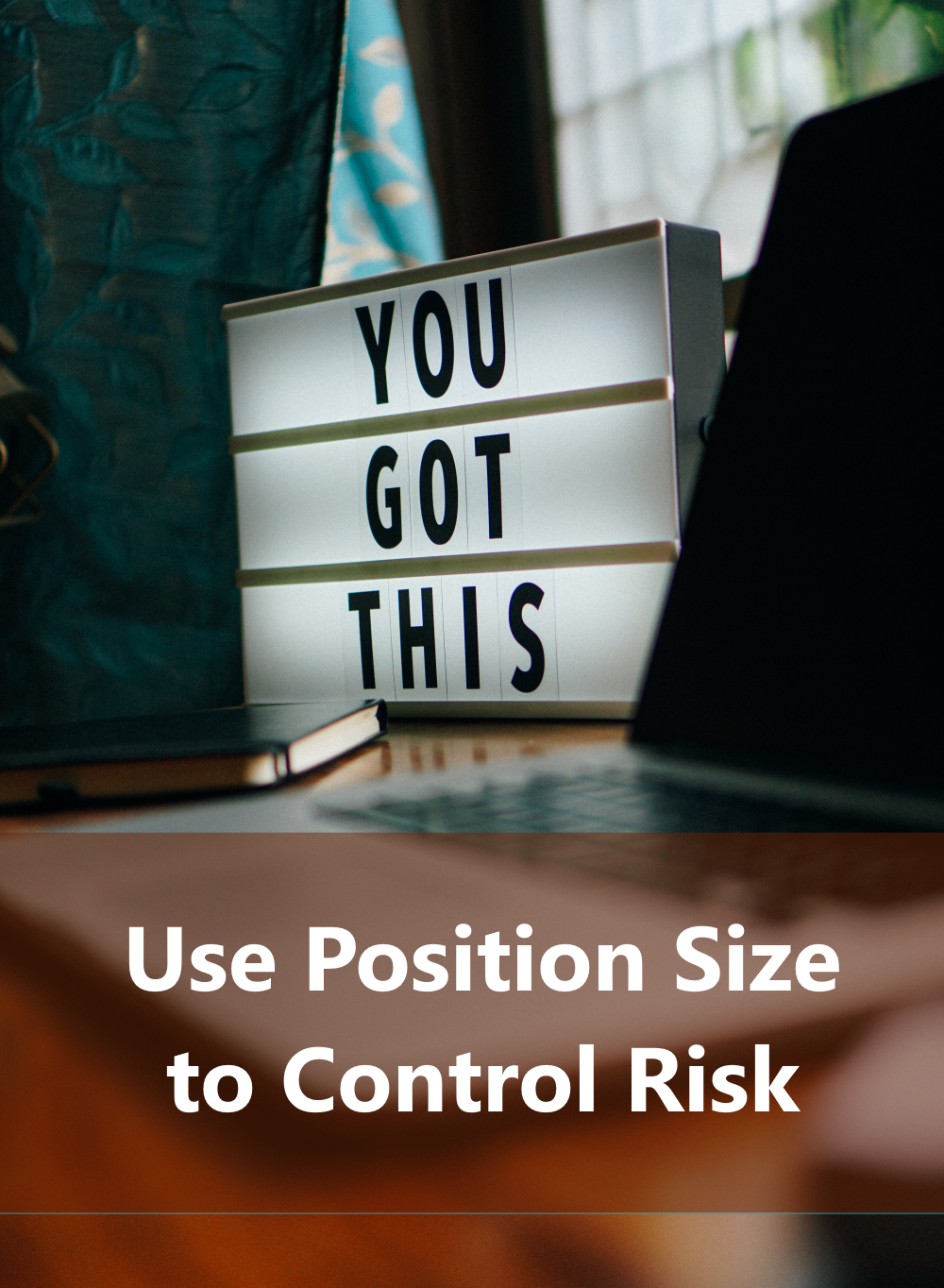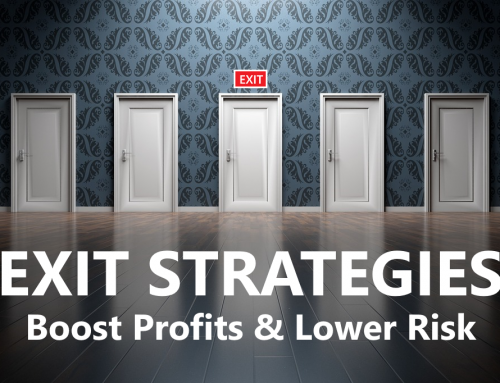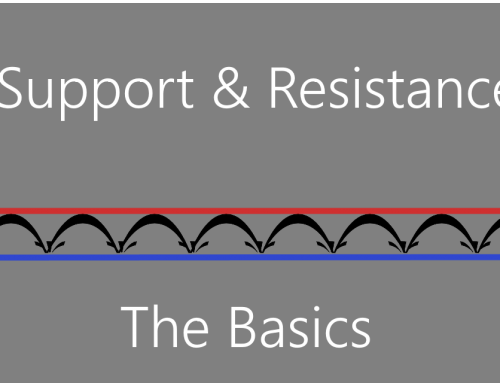Familiar with the phrase, “Don’t put all your eggs in one basket?”
Investing in stocks can be risky. Putting all of your hard-earned dollars into just one or two stocks is extremely risky. All it takes is one negative event or analyst downgrade to send a stock tumbling.
You can learn all about stop losses, indicators like volume and moving averages, the impacts of turnover and support and resistance, but in the long haul, none of these are going to help you invest well if you choose the wrong position size. To be a successful investor you must have a system to manage risk control .
Work Your Capital Within A Framework
There are two aspects to minimizing risk: First by position; Second the overall portfolio. RightLine advocates using a maximum of 2% risk per position and 7% risk for the portfolio. More important than the specific percentages is the underlying concept. Once you have set the rules, work your capital within the framework of those rules and don’t deviate.
Determine Risk First
To trade within a given framework, you must first determine an acceptable risk percentage for each trade, then use that percentage to calculate the correct number of shares in your position BEFORE you enter the market. Remember – RISK FIRST, THEN POSITION SIZE.
Let’s assume you want to buy a $40 stock and through studying chart patterns, picking support levels or calculating an average daily trading range, you believe the stock naturally moves within a trading range of 2 points on any given day. To give the stock room to fluctuate while moving higher, you determine that a $4 stop loss set immediately after purchasing the stock is appropriate to minimize your risk in the event the investment goes sour.
Managing Position Size
You’ve selected the stock you want to buy and the risk has been determined. Now it’s time to calculate the position size (number of shares to purchase) that will limit the number of eggs you put in one basket.
To illustrate, below are two arbitrary accounts with different risk control parameters:
| Acct A – $100,000 capital | Acct B – $10,000 capital |
| Allowable risk/trade – 2% | Allowable risk/trade – 4% |
| Allowable portfolio risk – 6% | Allowable portfolio risk – 10% |
Given the account parameters above, the decision to buy a $40 stock and an allowance for $4 in price fluctuation (stop loss), the maximum position size for this trade would be calculated as follows:
Acct A: Allowable risk/trade is 2% x $100,000 = $2,000
$2,000 allowable risk / $4 stop loss = 500 shares (maximum position size)
Acct B: Allowable risk/trade is 4% x $10,000 = $400
$400 allowable risk / $4 stop = 100 shares (maximum position size)
Using Acct A, for example, you would be purchasing 500 shares at $40 and would immediately thereafter place a stop at $36 ($40-$4=$36). Now you know the number of shares to buy while minimizing your risk by comfortably put in a stop immediately after the purchase.
NOTE: This example has been simplified. In reality, you need to factor in broker commissions and potential price slippage (the difference between the price the purchase is actually executed at vs. the price that went into calculating your position size).
So what if the first day your stock goes down 2 points to $38? You have two choices, either bail out or ride it out, but DON’T lower the stop loss! If you do, you’ve wasted your time trying to minimize your risk. Realistically, if your allowable risk per trade was determined to be $2000, being down $1000 should be acceptable.
Compare that to having gone out and spent your whole $100,000 on 2500 shares of the example stock. With a stop at $36, wouldn’t you get a little more nervous if the price dropped to $38 and you were in the hole $5000 vs. $1000? Imagine if you get stopped out at $36, $10000 in one fell swoop! This is when many investors start “jumping the gun”–not letting the stock fluctuate within what they had already determined to be a reasonable trading range.
Managing Portfolio Risk
Managing your overall portfolio risk is merely a function of adding up the amount of risk you have in each stock. If you make all your purchases on one day then you will most likely be limited to no more than 2-3 stocks. In minimizing overall portfolio risk add together the risk associated with each position and when it adds up to that predetermined portfolio risk level, hold back, bite your nails or whatever suits you, but don’t take on another position until you have room for more risk.
But you’re in this to see your portfolio grow in both valuation and number of positions… right?
Using our example above, if the stock goes up $2 to $42, it would be wise to parallel the price move by increasing the stop by $2 to $38. This is what is referred to as “trailing a stop” and the result is you have effectively cut your risk in half. You now have an additional $2000 (keeping within the total portfolio risk limitation) that is available for another purchase.
NOTE: The more flexible the parameters, the higher the risk of being a loser. How tight you set your parameters and whether or not you abide by them is what separates winners from losers.
Ding! 2×4 right between the eyes! This is the essence of minimizing risk before finding that your investments are down 50%. The beauty of employing this methodology is that the discipline it promotes allows you to focus on investment selection (getting good information) rather than on liquidation, which is usually controlled by fear.
Need Help managing risk?






